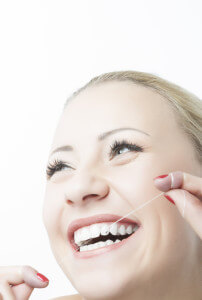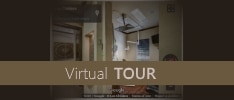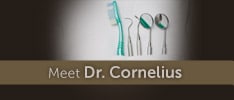 Brushing your teeth is important, but it’s only half of a good hygiene routine. While proper brushing can clean most of the surfaces of your teeth, about a third of each tooth’s surface area is pressed against another tooth. Flossing is the only way to effectively remove food particles and harmful dental plaque from between your teeth.
Brushing your teeth is important, but it’s only half of a good hygiene routine. While proper brushing can clean most of the surfaces of your teeth, about a third of each tooth’s surface area is pressed against another tooth. Flossing is the only way to effectively remove food particles and harmful dental plaque from between your teeth.
However, like brushing teeth, there’s a right and wrong way to floss, and if not done correctly, your teeth and gums will still be subjected to the consequences of poor hygiene. To increase your chances of avoiding a dental disease, be sure you’re flossing your teeth the right (i.e., most effective) way.
How’s Your Technique?
Floss first, then brush
The order in which you brush and floss matters. After picking food and plaque from between your teeth, the dislodged debris and oral bacteria can linger around on your teeth, gums, and tongue until rinsed away. Brushing and rinsing your teeth after you floss will leave your mouth cleaner. If you can’t floss before every brushing, then be sure to floss before going to sleep, which is when oral bacteria can gather in force.
Don’t just use any floss
Like toothbrushes and toothpaste, there’s a dental floss for everyone. If you have trouble working the floss between tightly-spaced teeth, then try a floss suited for your purposes. If you have limited mobility due to age or a medical condition, then a dental floss holder can help you floss your teeth without needing both hands.
Curve the floss around your tooth
Your teeth are curved. If you keep your floss straight, then it won’t be able to clean your tooth completely. Curve the floss to follow the tooth’s contour as you carefully glide it up and down the side, then reverse the curve to clean the adjacent tooth.
Don’t skip any teeth
If you don’t feel anything stuck between your teeth, it doesn’t mean that there’s nothing there. When you floss, be sure to carefully clean between each and every tooth to ensure that no plaque or pieces of food are left behind.






